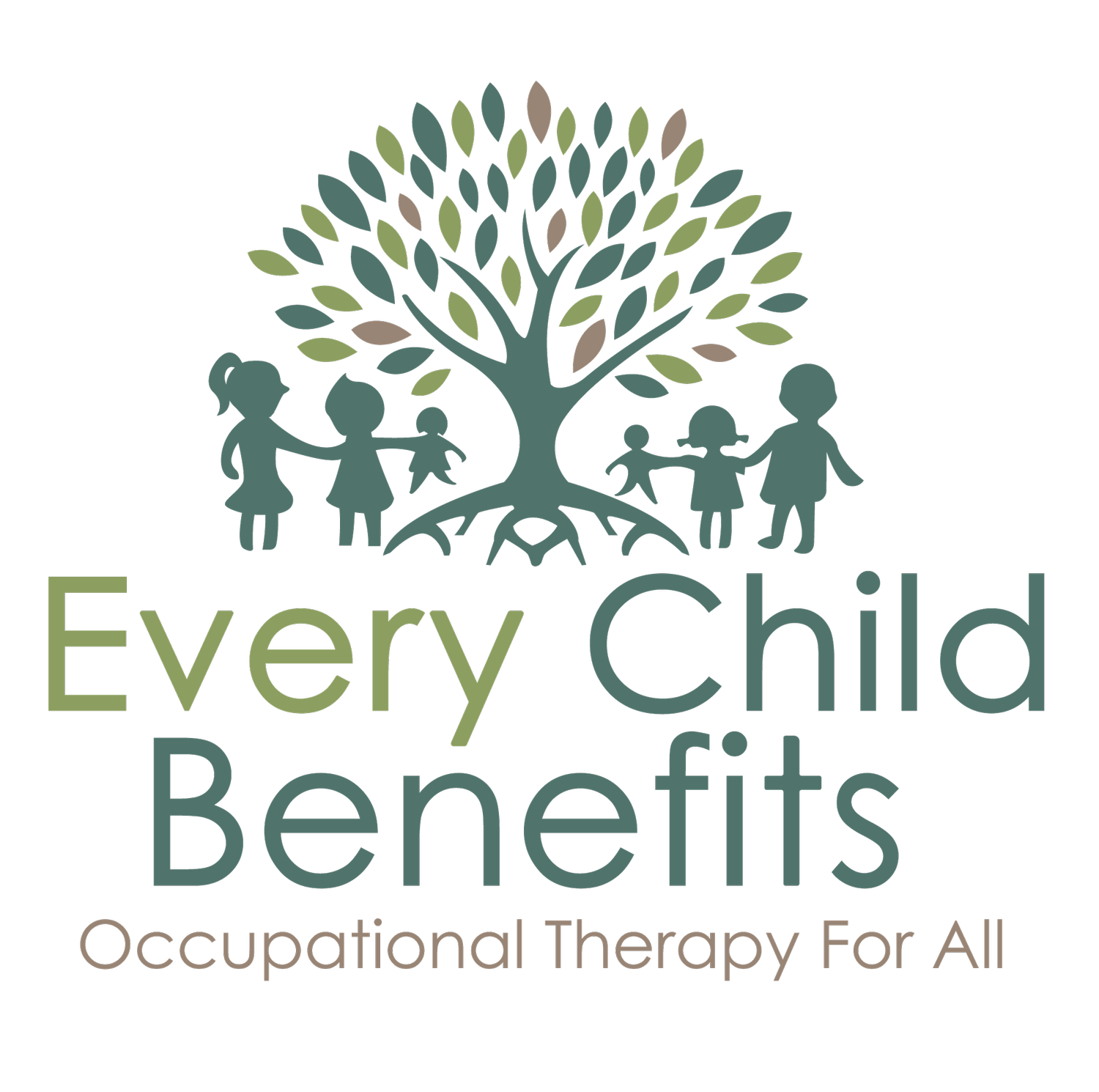
Research
Dr. Lisa Fyffe PhD, OTR/L - Assistant Professor at Colorado State University Department of Occupational Therapy
Read Dr. Fyffe’s most recent publications
Parent and teachers' perspectives on young children's kindergarten performance following play-based early childhood education.
Does Play-Based Learning Support Children’s Everyday Resiliency? A Cross-Case Analysis of Parents’ and Kindergarten Teachers’ Perceptions of Play-Based Learning as a Precedent to Young Children’s Coping During the Pandemic-Affected 2020–2021 School Year
Entering Kindergarten After Years of Play: A Cross‐Case Analysis of School Readiness Following Play‐Based Education
Occupational therapy embedded in early childhood education (OTEEC): Developing a population-focused, place-based approach to early intervention through occupational therapy and early childhood education center partnerships.
Occupational Therapy Embedded in Early Childhood (OTEEC) Training Manual
-
Brain development is directly dependent on social-emotional experience, with growing bodies of research revealing the importance of socially triggered epigenetic contributions to brain network configuration, affecting cognition, motivation, and learning.
Infants thrive with stable routines, emotional support from attentive caregivers, adequate nutrition, and plentiful exposure to language, which tune their brain development to their specific environment.
Stress from threats to emotional safety and feelings of belonging can be toxic to brain development, impacting neural functioning and cognitive performance.
The brain’s malleability, or plasticity, is largely triggered and organized via socially enabled, emotionally driven opportunities for cognitive development.
By adopting a population-focused, place-based approach to occupational therapy involvement, all children, parents, teachers, and administrators have access to an occupational therapist during the critical first five years of a child’s life when children are most malleable to supportive interventions.
— Immordino-Yang et. al., 2019
-
The OTEEC Partnership Model provides immediate access to an occupational therapist for children needing developmental support, without the need for referrals or meeting certain thresholds of delay, thereby creating a more equitable service delivery approach.
Embedded occupational therapists spend at least four hours a day in classrooms, engaging meaningfully with children and collaborating closely with teachers, which enhances classroom support and fosters healthy transitions for children.
Participants in the study valued the OTEEC Model for its universal access, collaborative partnerships, and integration of occupational therapy practices within early childhood settings, highlighting its potential to support all children’s development.
— Fyffe, 2024
The majority of preschool-based OT practice occurs at the Tier 3 level and focuses on supporting individual preschoolers with known disabilities receiving special education services with limited examples of occupational therapists implementing schoolwide preschool services at the Tier 1 level and targeted intervention for children at-risk Tier 2 level.
— Hintz et. al., 2024
-
Research confirms that REA fosters children’s agency, allowing them to participate actively in their learning processes and driving their own development.
Children’s interactions within REA environments are characterized by exploration, collaboration, and self-expression, which are crucial for their holistic development.
Implementing REA practices has led to increased exploratory and creative engagement among children, supporting their natural curiosity and capacity for innovation.
The approach's emphasis on the 'hundred languages' of children encourages diverse modes of expression, nurturing depth and breadth in children’s communication skills.
— Guo & Rouse, 2025
-
Approximately 24% of all 2-year-old children were ineligible for EI at 2 years of age but still had poor academic or behavioral outcomes at school entry.
Among children ineligible for EI services, poor school readiness may be better predicted with a discrete set of clinically available variables, including family-level sociodemographic factors, than through developmental assessment alone.
An estimated 38% of children served through Individual Education Plans (IEP) in k-12 education were never identified or supported by EI services, suggesting significant gaps in identifying young children who could benefit from early intervention services.
— Nelson et. al., 2016
Only 18.7% of EI-eligible children received a referral; 26% of those received services for a net enrollment rate of 5% among EI-eligible children.
— MaManus et. al., 2020
Self-regulation, positive social relationships, and robust approaches to learning are highly predictive of student competency and successful kindergarten transition; therefore, development directly supporting these learning dispositions are critical during the first five years of life.
— Pistorova & Slutsky, 2018
-
When occupational therapists and teachers are given the opportunity to meet regularly with one another for professional collaboration and are educated as to the role and constraints of one another’s professions, they enjoy more productive professional relationships.
— Zahava et. al., 2023

